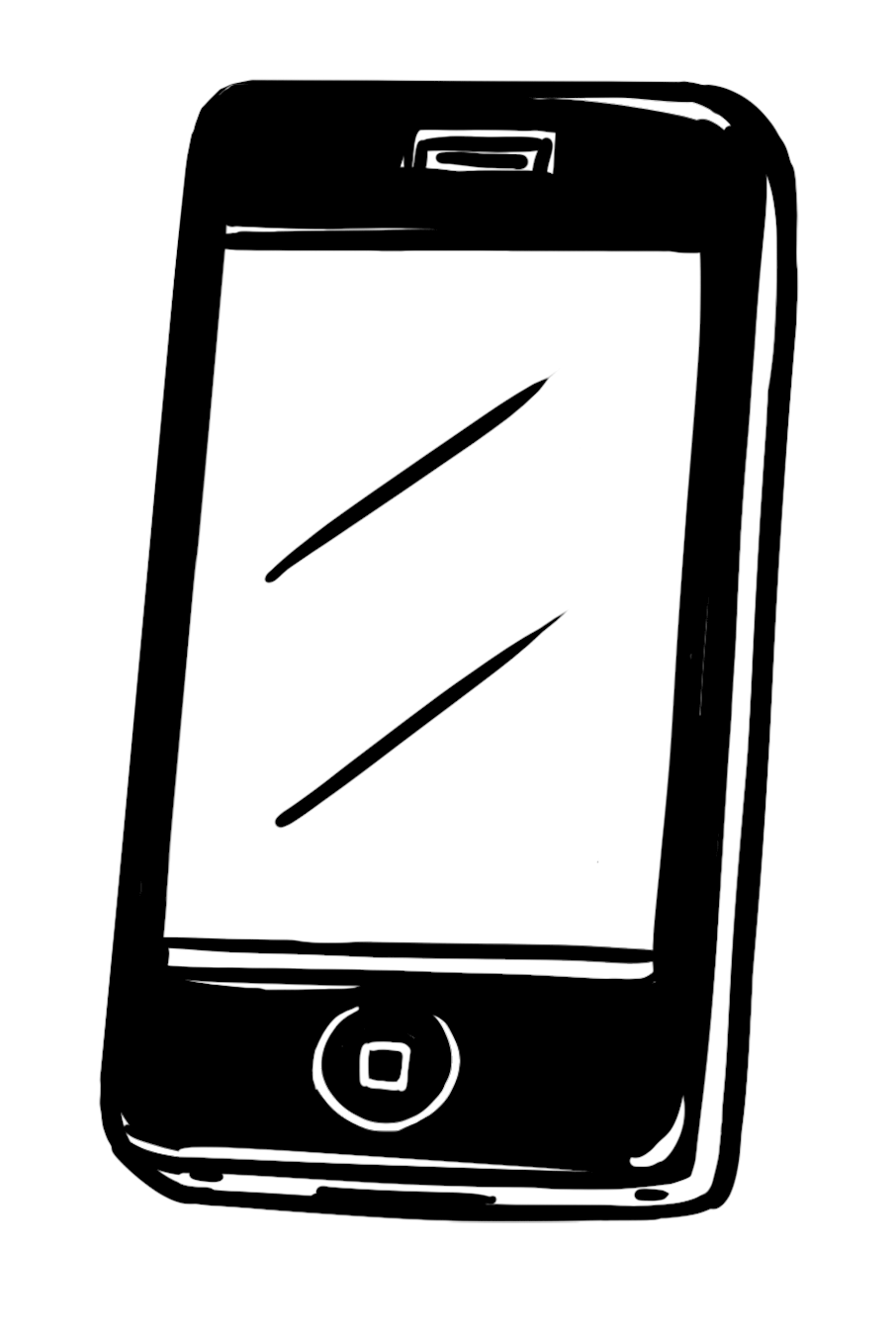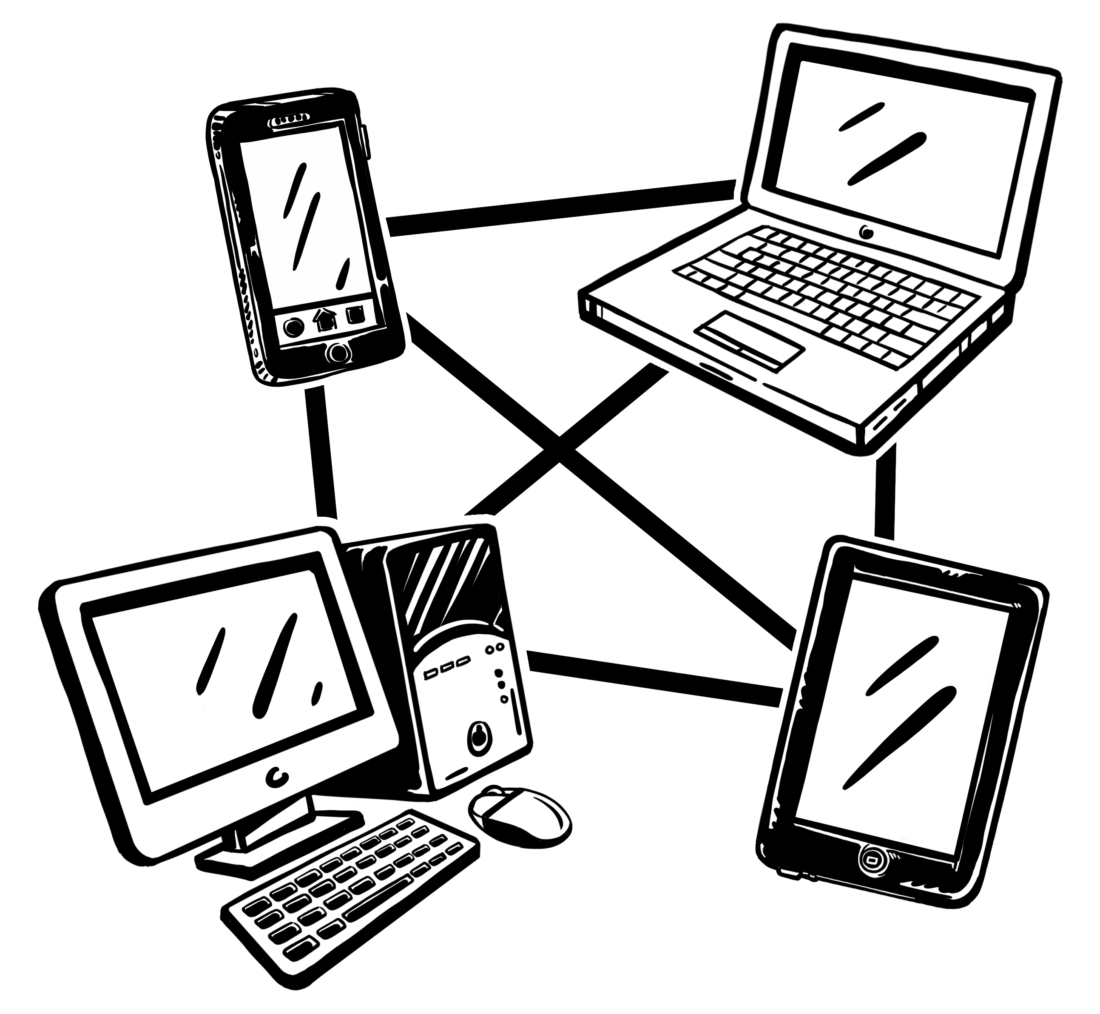4 Common Internal Communications That Are Better As Video
 While it is probably no surprise, the days of long powerpoints with overcrowded slides and long emails are draining to your employees. When choosing the best methods of internal communication for your employees, centralizing a video format is the best way to effectively share information, updates, and processes while keeping your workforce engaged. Here are some common modes of internal communications that might be draining your employees, along with examples of how video can replace these methods to give you a more informed workforce.
While it is probably no surprise, the days of long powerpoints with overcrowded slides and long emails are draining to your employees. When choosing the best methods of internal communication for your employees, centralizing a video format is the best way to effectively share information, updates, and processes while keeping your workforce engaged. Here are some common modes of internal communications that might be draining your employees, along with examples of how video can replace these methods to give you a more informed workforce.
PowerPoints
Whether you choose a long PowerPoint presentation or a short one, employees find it difficult to pay attention and find the overall meaning. Meaning is really context, connection to other things, and how it will impact the individual viewer. If you find a presenter and a good story with meaning, your audience will become more engaged and also have better memory retention. Viewers retain 95% of a message when they view it through video with narration and subtitles, compared to 10% when reading the same information in a text. In order to retain the message, employees need to see clear meaning, which a PowerPoint lacks. Reimagine your internal communications with simple explainer videos. simpleshow video maker allows your audience to stay engaged in your content, and connect to it with a simple 3-minute video.
Group chats
 Many internal communications strategies rely heavily on internal chat boards and live messaging. Unfortunately, not all employees may be active readers, which can hurt your company’s communication and productivity when it is reliant on this method. Without structured avenues of sharing information, employees are at risk of missing important news, updates, and announcements. Instant communication also means instant distractions. When looking over messages, your employees might be losing valuable time reading and checking messages, which drains productivity and also can steer them away from projects they were previously focused on. It would be a shame for your employees to lose time scanning chats to look for your message when you could streamline news with a daily or weekly explainer video that is available on demand.
Many internal communications strategies rely heavily on internal chat boards and live messaging. Unfortunately, not all employees may be active readers, which can hurt your company’s communication and productivity when it is reliant on this method. Without structured avenues of sharing information, employees are at risk of missing important news, updates, and announcements. Instant communication also means instant distractions. When looking over messages, your employees might be losing valuable time reading and checking messages, which drains productivity and also can steer them away from projects they were previously focused on. It would be a shame for your employees to lose time scanning chats to look for your message when you could streamline news with a daily or weekly explainer video that is available on demand.
As the e-mail volume increases, so does the average worker’s levels of stress and time spent reading e-mails. To thrive in today’s remote setting (and any hybrid structure that might come in the future), companies need to shift the way they do business internally to achieve maximum efficiency. Shifting to using explainer videos will save your employees energy spent reading emails and create a more engaging communications hub. This can be incredibly beneficial in a remote working environment, and also lower the influx of email and bulletins sent out through traditional e-mail communication.
Long video/phone calls
 As humans, we tend to draw out conversations rather than get to the point. You all know the person who you know will keep you trapped on the phone long after the message is clear and communicated. While the friendly conversation is nice, frequent offenders can have a negative effect on employee productivity and engagement. You can accomplish your objectives of a work call in a short video that will take less time out of your employee’s day and keep the workplace exciting. Simply channeling your messages into another form of communication for your team, like a clear agenda mapped out in a quick video, gives them more productive time to roll up their sleeves and get to work. So take advantage of phone calls and videos and use VoIP to make and receive unlimited phone calls.
As humans, we tend to draw out conversations rather than get to the point. You all know the person who you know will keep you trapped on the phone long after the message is clear and communicated. While the friendly conversation is nice, frequent offenders can have a negative effect on employee productivity and engagement. You can accomplish your objectives of a work call in a short video that will take less time out of your employee’s day and keep the workplace exciting. Simply channeling your messages into another form of communication for your team, like a clear agenda mapped out in a quick video, gives them more productive time to roll up their sleeves and get to work. So take advantage of phone calls and videos and use VoIP to make and receive unlimited phone calls.
Now that you know some common communication pitfalls and how to make them more productive, we encourage you to check out simpleshow video maker, which is the only accurate text to video tool that enables you to create a video in minutes – no video experience required!
